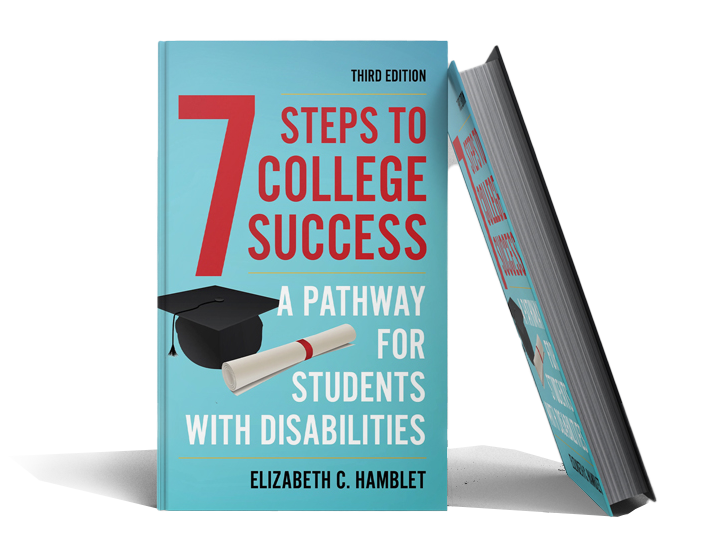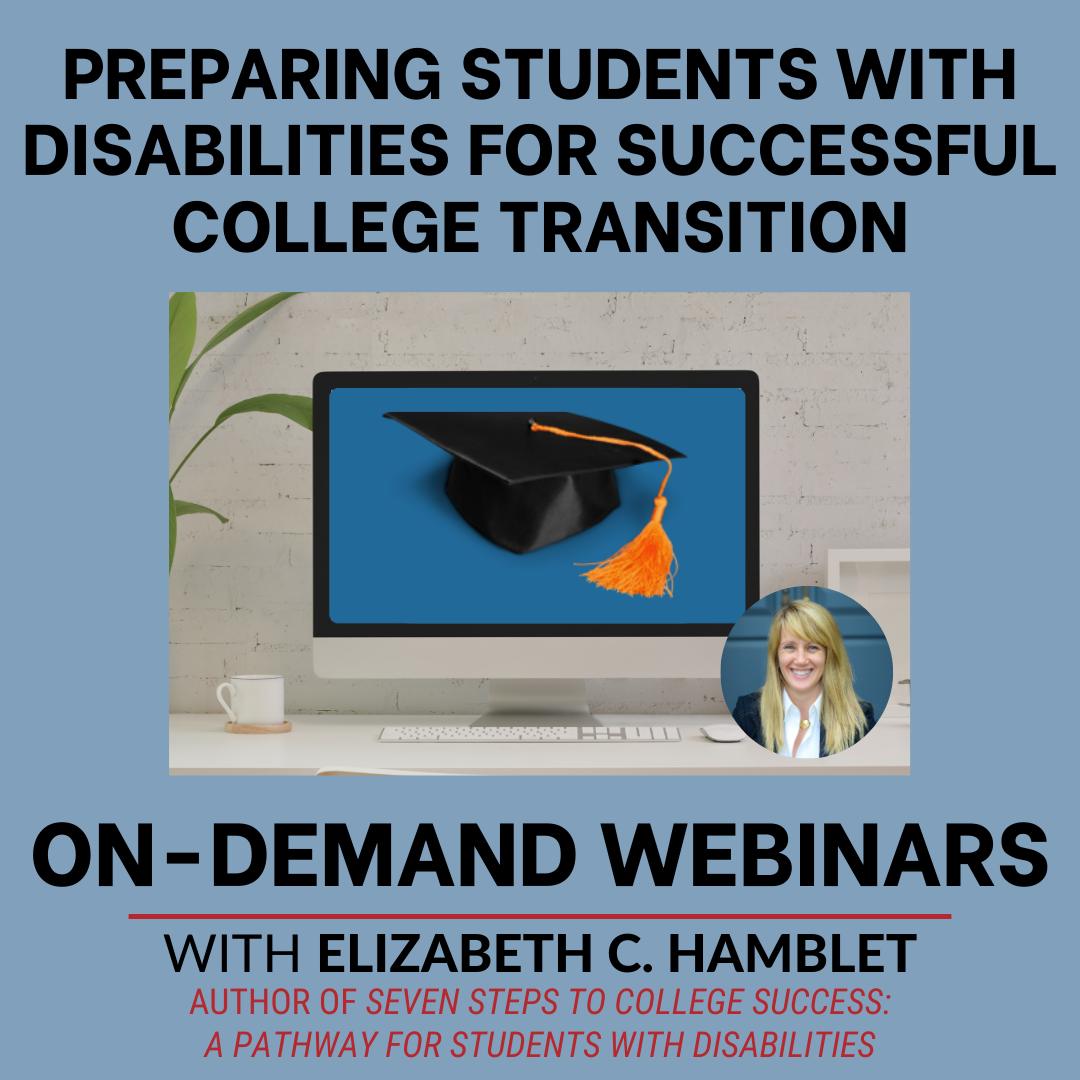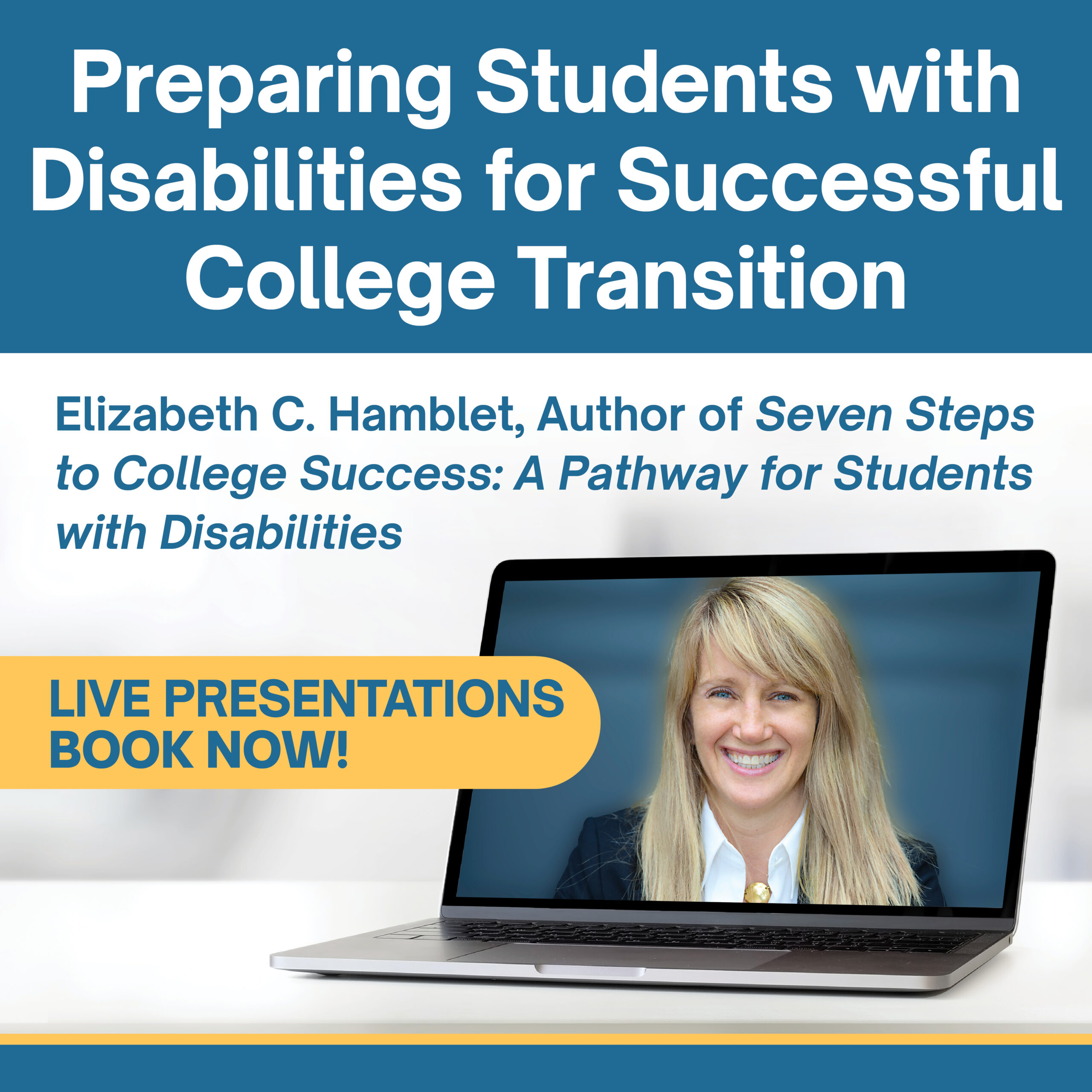Introduction
An Internet search using the terms “best colleges disabilities” will turn up many hits offering lists, many of which may focus on the same two dozen or so schools that are well-known. There are also books offering information to help students with their search.
The most comprehensive guide is the The K&W Guide To Colleges For Students With Learning Differences, 16th edition. Imy Wax – the W in “K & W” – is a psychotherapist and co-author of this series of guides, which she and Marybeth Kravets, a college counselor, started publishing in 1990. When I interviewed her for my book, Wax explained how the book is composed, how she thinks it should be used, and its limitations.
How the Authors Gather Information (and How Frequently They Do This)
Every other year, we update the book. We send out questionnaires to the learning support offices of thousands of colleges and ask them – even if they responded the previous time – to answer questions about their services. We have added the category of services for students with Autism Spectrum Disorders to our most recent questionnaire. Initially, about 33% of the offices respond to our inquiries.
Then our staff gets on the phone to try to get answers from the rest of the schools. Some of the answers we get are very explicit and direct, but some are not, so we interpret and write them up in a way to make the responses more of a narrative rather than just a bulleted list.
Why Some Schools Don’t Appear in the Guide
I encourage people to use this book as the guide it was intended to be. They should keep in mind that – for a variety of reasons – we cannot cover the services of every school in the country. First – it is just not feasible to publish details about every college that has a program. Second, we just can’t get answers from all of the schools we contact; some colleges’ offices are just too busy to get back to us. Also, others don’t want to be included in the guide because they think that they will be viewed as being schools who serve only students with learning disabilities, and that this will affect their applicant pool. I suspect that they are correct in their concern, and that certain parents and professionals think that the schools included in our guide serve only this population.
How Wax Suggests Folks Use the Book
It is our hope that people use the guide as a starting point for their deeper investigation of services in colleges. We want professionals and parents to be confident that there are places for all of their students. The information in the K&W Guide is meant to be comprehensive, but people have to call and ask questions in order to get specifics that match the profile of a particular student. When researching, keep in mind that there are many schools that we just can’t include that might be a great fit, so use this guide as a starting point.
Using the K&W Guide As a First Step, and What To Do Next
I encourage professionals, parents and students to use our guide to familiarize themselves with the kinds of services and accommodations that are likely to be available. From there, they should contact the individual disability services offices at students’ target colleges to get more details. Sometimes, there will be a change to an office’s approach or services after the time we go to print, so everyone should keep in mind that our information may not be the most current. Note that we don’t include the names of office directors any more, as they are the kinds of things that can change.
If your local bookstore doesn’t have The K&W Guide on its shelves, you can ask them to order it for you.
Don’t have a local bookstore, but want to support one? Order through Bookshop.org.* (You can choose a shop to receive credit for the sale.)
Prefer to order from Amazon? Find the guide here.*
*These are my affiliate links. If you use them, I will get a little thank you from the site.




